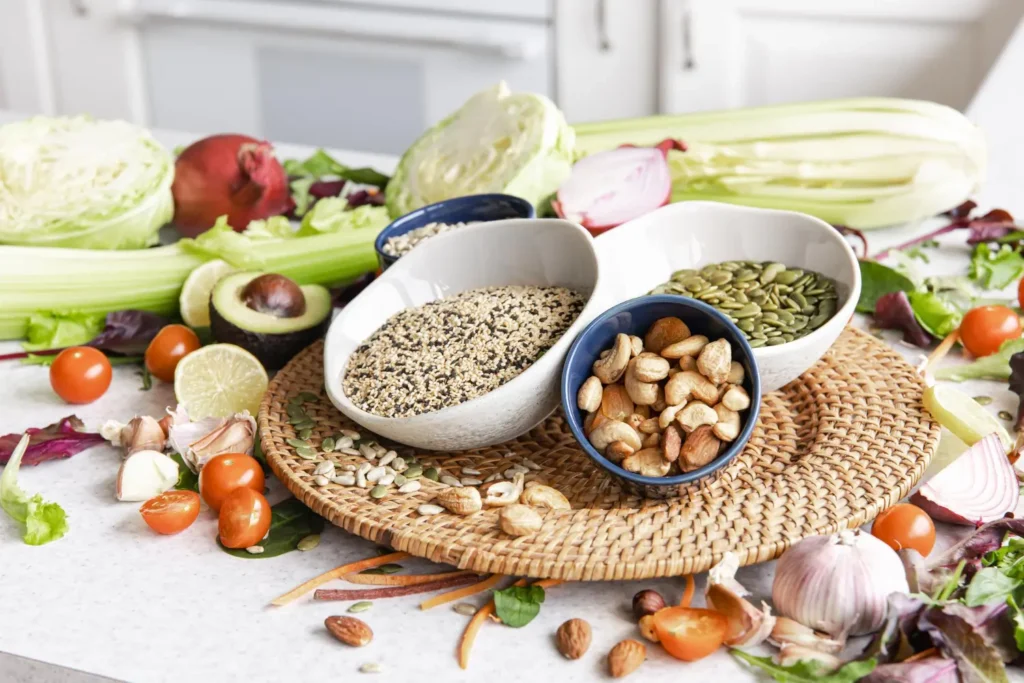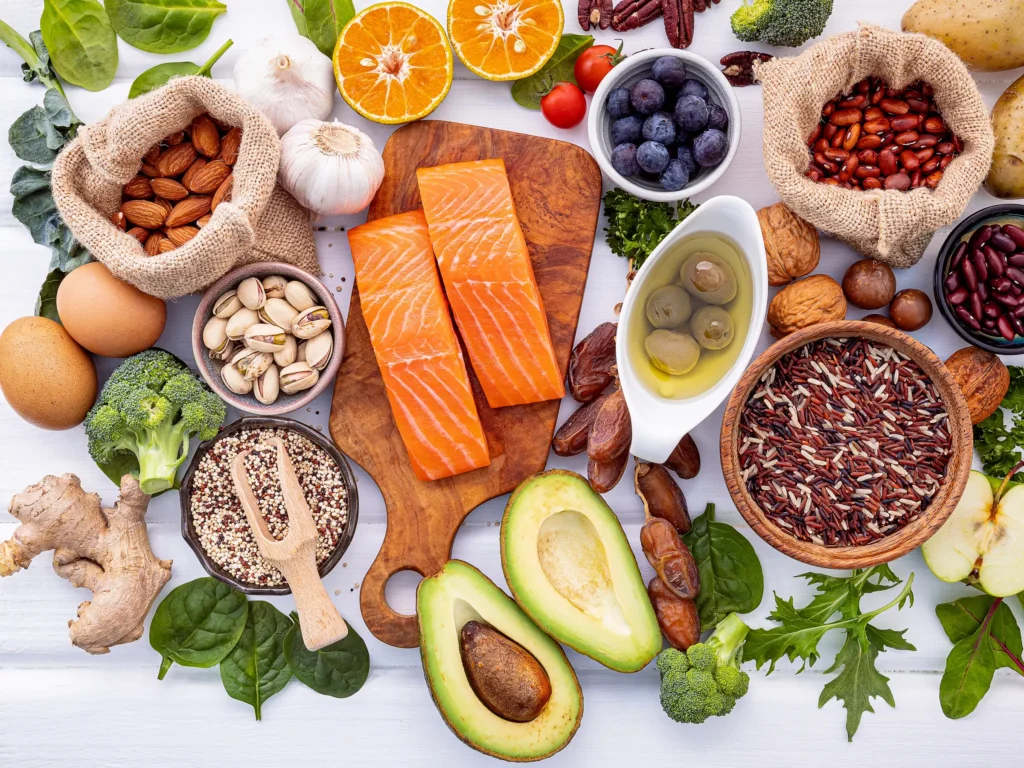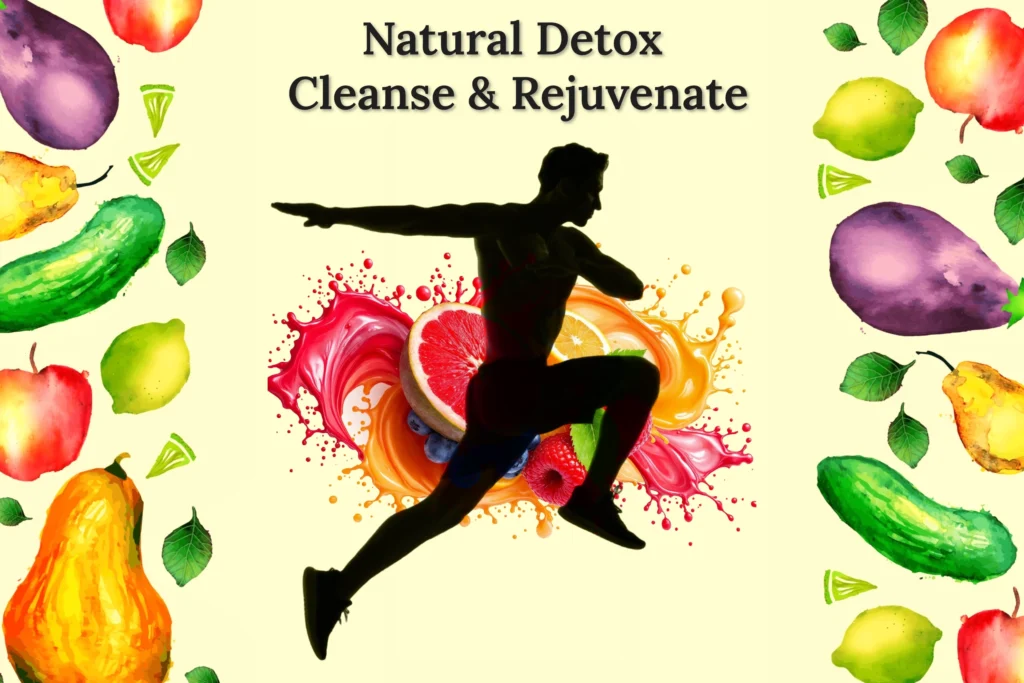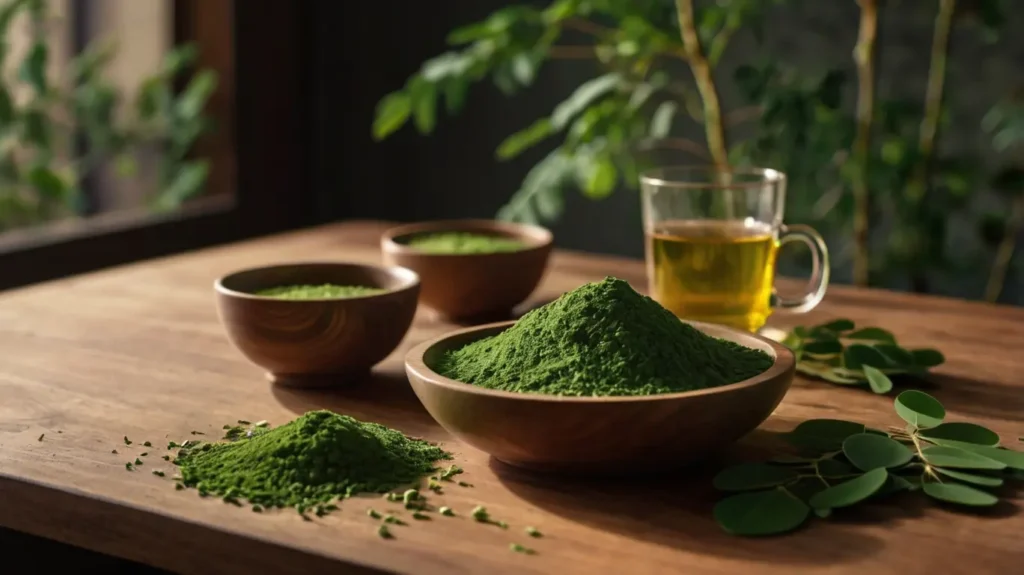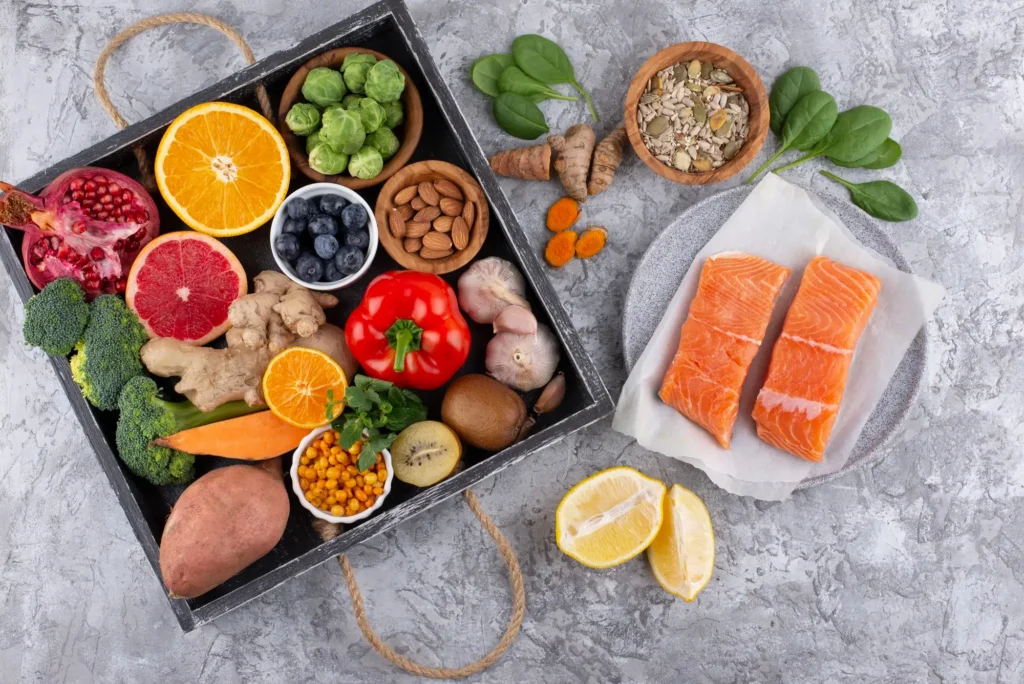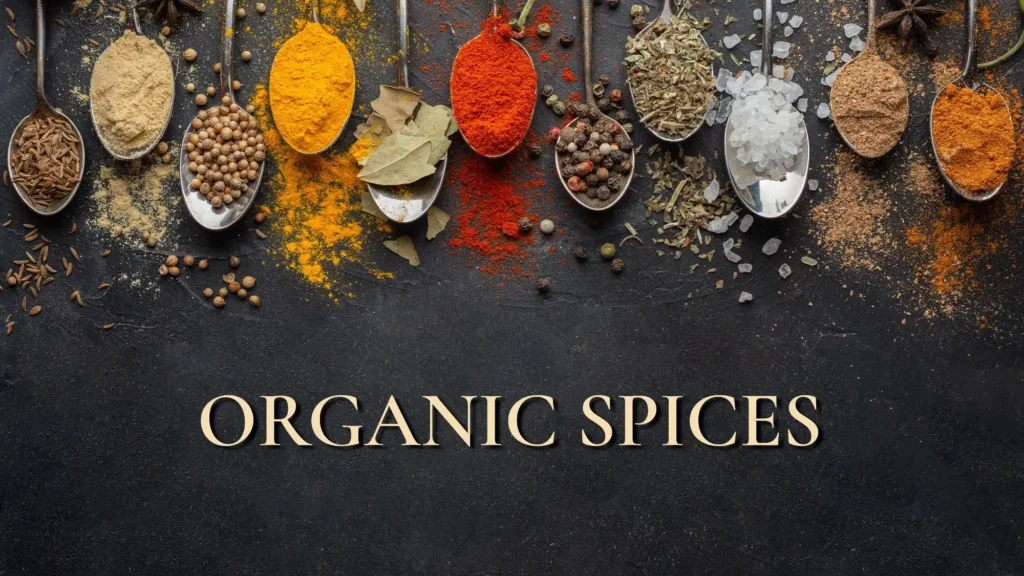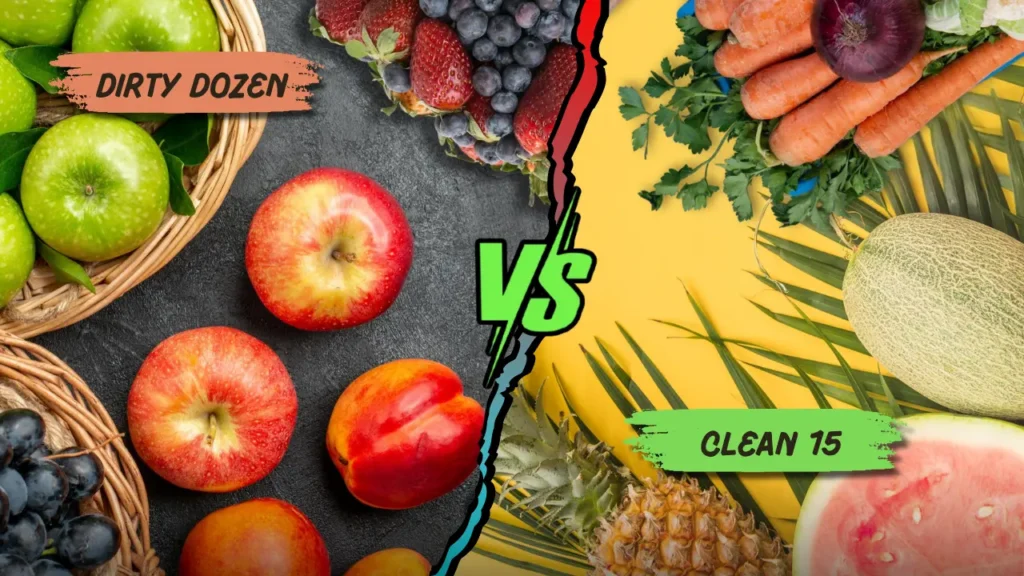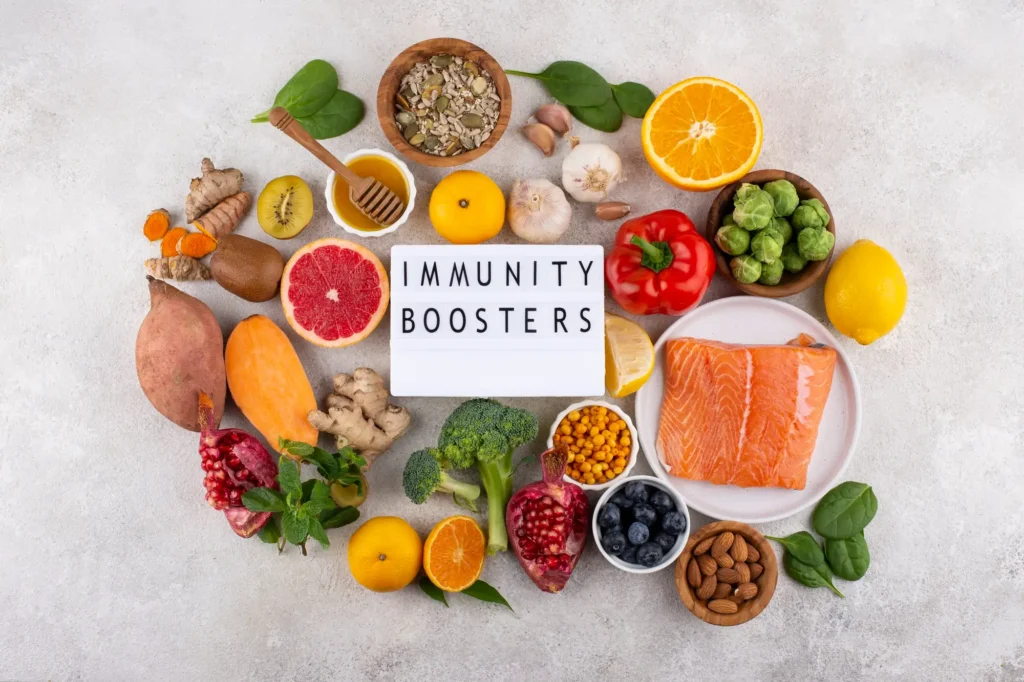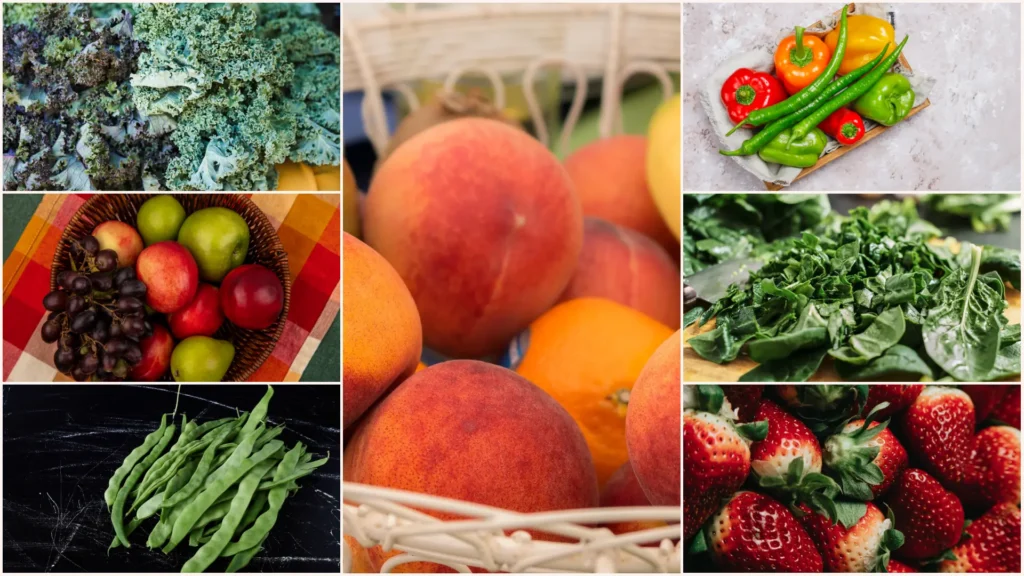Plant-Based Protein: What to Eat and What to Skip
When it comes to eating cleaner, plant-based protein has become one of the most talked-about health shifts — and for good reason. From fitness enthusiasts to families looking for sustainable choices, more people are swapping animal-based protein for plants. But here’s the catch: Not all plant-based protein is created equal. Some are nutrition powerhouses, others… not so much. And if you’re trying to build a healthy, high-protein diet from plants, it’s important to know the difference. This blog walks you through what plant-based protein really is, what foods help you meet your goals naturally, and which ones to approach with a little more caution. What Is Plant-Based Protein (And Why It Matters) Plant-based protein comes from — you guessed it — plants. That means protein from legumes, nuts, seeds, grains, soy, and vegetables. What makes it powerful is not just the protein content, but the fiber, phytonutrients, and antioxidants that come along for the ride. Many people shift to plant-based eating to lower inflammation, improve digestion, reduce disease risk, or for environmental and ethical reasons. The key is choosing the right sources. Where Plant Protein Comes From You’ll find plant-based protein in: Each of these has its strengths — some are complete proteins, others shine when paired. And if you’re looking to understand not just where these proteins come from, but how they stack up nutritionally, this research-backed review on plant protein quality and health benefits offers a deep dive into amino acid adequacy, performance outcomes, and long-term safety considerations. Is Plant-Based Protein “Complete” Enough for Health? A common concern is whether plant-based protein provides all the essential amino acids the body needs — especially compared to meat, eggs, and dairy. Let’s clear that up. The Amino Acid Question — What the Science Says “Complete proteins” contain all nine essential amino acids. While most animal proteins are complete, many plant sources are not — but that doesn’t mean they’re inadequate. Today’s nutrition science shows that as long as you’re eating a variety of plant foods, your body can get everything it needs. You don’t need to combine rice and beans in the same meal — just diversify your intake throughout the day. For a deeper breakdown of protein quality and how amino acid needs are met across a variety of diets, this research-based breakdown of protein scoring and amino acid essentials explains how protein scoring systems work, why variety matters, and what different age groups really need to thrive. Study Findings from Vegan & Vegetarian Diets A 2019 study found that individuals following vegan and vegetarian diets consumed more than adequate levels of all amino acids — even without tracking them or mixing protein types at every meal. This evidence-backed review on protein adequacy in vegetarian diets reinforces that variety—not precision—is what really counts. The idea that plant-based eaters suffer from amino acid deficiency has been “substantially overstated,” according to the researchers. Best Foods for a High-Protein Plant-Based Diet Here are some of the cleanest, most nutrient-dense options to include in your meals. These aren’t just protein-rich — they bring fiber, minerals, and anti-inflammatory benefits too. Lentils, Chickpeas & Beans These humble legumes do more than just fill your plate — they deliver solid plant-based protein along with fiber, iron, and key micronutrients. If you’re interested in traditional recipes that combine plant protein with real energy support, explore this heritage-inspired energy food made with lentils and chickpea flour — time-tested for building strength and stamina. Tofu, Tempeh & Edamame Soy-based options are complete proteins, making them rare and valuable in a plant-based diet. They’re also easy to season and cook with. Quinoa, Buckwheat & Whole Grains When you’re leaning on plants for protein, grains like quinoa and buckwheat can quietly do a lot of heavy lifting. Quinoa, for example, is a complete protein — meaning it has all nine essential amino acids your body can’t make on its own. That alone makes it a bit of a star in plant-based circles. But there’s more to it. It’s also high in magnesium, which supports muscle and nerve function, and B vitamins, which help your body convert food into steady energy. Buckwheat may not be as trendy, but it’s just as useful. It’s totally gluten-free, rich in fiber, and contains rutin — a plant compound that’s been linked to better blood vessel health and lower inflammation. It cooks quickly, tastes earthy, and pairs well with roasted veggies or savory herbs. Looking for a way to bring these grains into your meals without overthinking it? This avocado & quinoa salad recipe hits all the right notes: clean, protein-packed, and super easy to prep ahead. Nuts, Seeds & Nut Butters When it comes to clean, plant-based snacking, these are hard to beat. They’re packed with healthy fats, fiber, and plant protein — and they’re incredibly easy to add to your day. They might be small, but they’re nutrient-dense — which means a little goes a long way. If you’re curious about how much protein or iron you’re actually getting from each one, this USDA database – Nut and Seed Products gives a helpful breakdown. It’s a great tool when you want to build smarter, balanced meals. Plant-Based Proteins You May Want to Limit Not all plant proteins are ideal. Some products are ultra-processed and defeat the purpose of clean eating. Plant-Based Meats & Fake Burgers They may seem like an easy swap for beef — but many are loaded with sodium, refined oils, flavor enhancers, and questionable additives. Occasionally is fine, but they shouldn’t be your go-to. Excess Protein Powders Plant-based protein powders can be convenient, but they’re isolates — and shouldn’t replace real food. Many also contain gums, sweeteners, or heavy metals if not third-party tested. Use as a supplement, not a foundation. Comparing Plant-Based Protein vs Animal Protein This isn’t a battle. It’s about understanding differences so you can make informed choices. Digestibility and Absorption Animal protein is generally more bioavailable — meaning your body absorbs it faster and more completely.
Plant-Based Protein: What to Eat and What to Skip Read More »

